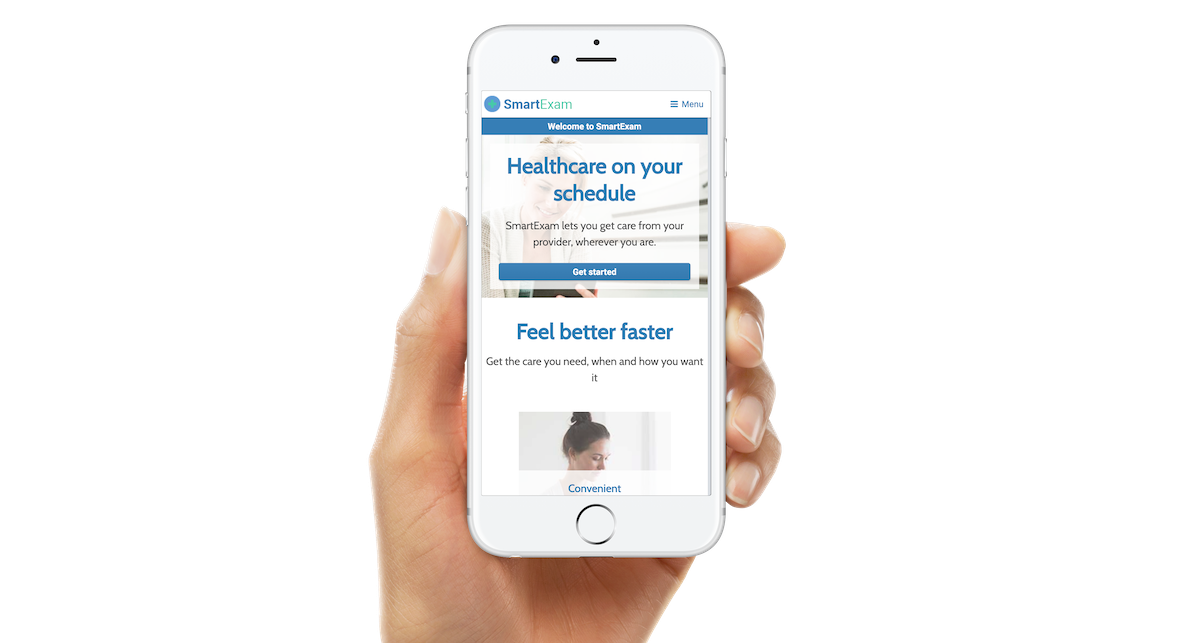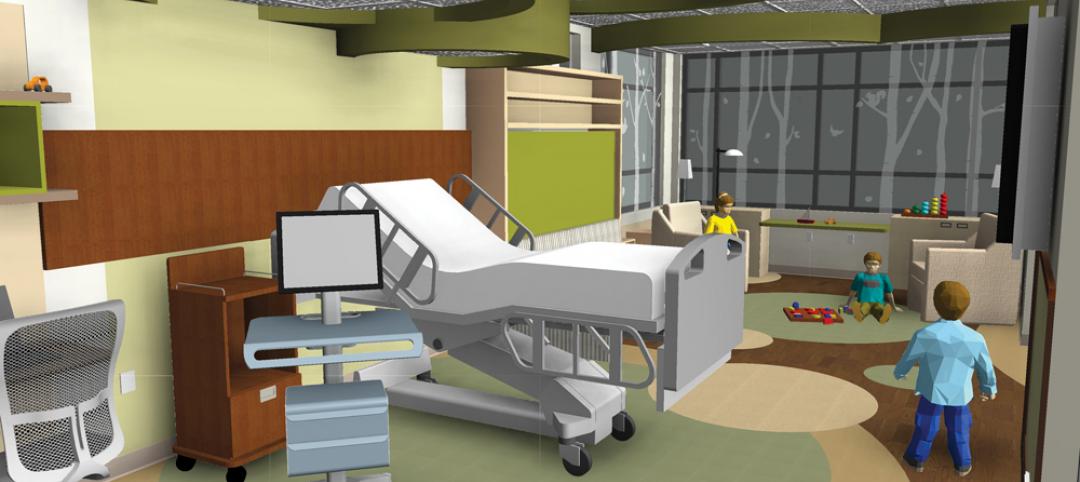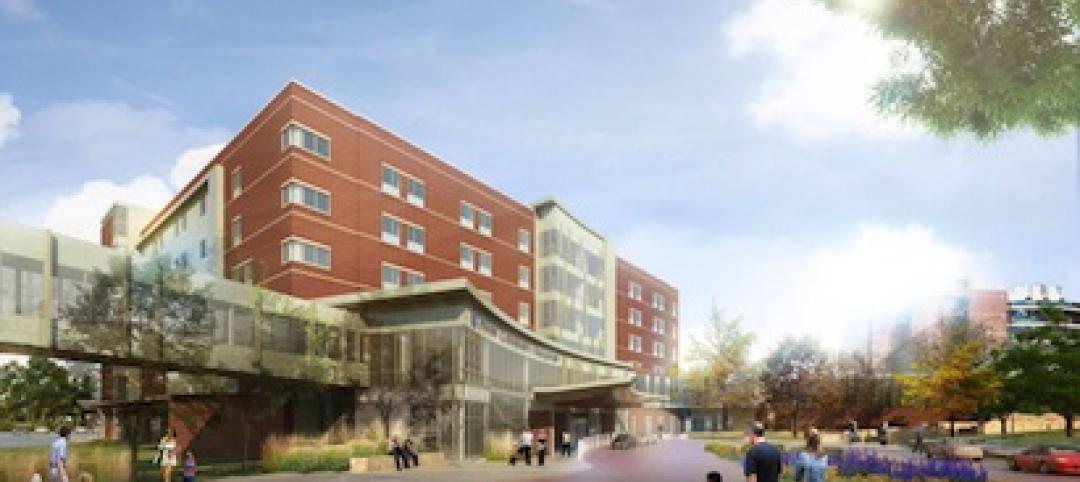Retail healthcare has been around for more than two decades, giving millions of people access to healthcare in nontraditional medical settings oftentimes referred to as “convenient care clinics.” Yet, it has been more recently that we’ve witnessed the popularity of these facilities take off in a remarkable fashion.
While 10 years ago there were only 350 retail health clinics in the U.S., today, the number exceeds 3,000, according to McKinsey. The number of visitors and scope of services provided have expanded significantly.
What is driving the consumerization of the healthcare experience? Physical access is certainly an important factor, because most healthcare consumers live in or around urban areas.
But there are other components at play, too. These include an easy process for making an appointment or, in many cases, the ability to simply walk in for service; convenient payment options either out of pocket or through health insurance; and lower costs compared to emergency room visits and private physicians.
Retail healthcare has succeeded, in large part, because it has adopted a unique personality that does not try to mimic a hospital experience. It plays up its differentiators and appeals to consumers’ desire for efficient and convenient care. This niche sector is far from mature. The future of retail health will encompass more options for preventative approaches and wellness with an emphasis on education.
In addition, payers are shifting to paying for convenience care to drive down hospitalization. As healthcare in the U.S. moves to value-based care, it will be more about prevention and education.
‘Patients expect care to be as convenient as ordering an Uber or requesting food delivery.
It makes sense that retail health has a big opportunity to continue to serve customers 24/7
through artificial intelligence and virtual healthcare.’
— Ray Costantini, CEO, Bright.MD
New players are reacting by redefining what retail health might look like by embracing technologies including mobile apps, telehealth, and artificial intelligence—and even creating new healthcare segments that directly address what we eat. As a result of the consumer’s engagement in proactively managing their health, we are confident that there will be more retail-driven solutions focused on fresh and healthy food and other related products and services.
Consumer demands change continuously, but this is nothing compared to the pace of innovation in the healthcare sector. Add to this an evolving view of what defines and influences individual and societal “health,” and it becomes clear why so many players are trying to stake a claim in a relatively young market.
Companies outside of healthcare—including tech powerhouses such as Apple, Google, Microsoft, and Amazon, as well as retail giants such as Disney, Walmart, Levi Strauss & Co., and 7-Eleven—all are exploring how they can be influencers in this space. Some providers may choose to go it alone; others will depend on strategic partnerships to advance their strategy. And in many cases, this may require thinking outside the clinics.
As healthcare systems experience a more competitive environment, they are becoming increasingly more patient-centric. They are responding by providing new retail-like services including food options as part of their patient experience strategy. One of these new retail services that thinks beyond the clinic includes the delivery of healthy food and other health-related items to enhance the consumer experience was developed by 7-Eleven.
“7-Eleven is always looking for new ways to provide convenience to customers, and we have been exploring nontraditional retail sites to offer the products and services most needed there,” said Charles Bantos, 7-Eleven’s Director of Corporate Development. “With our growing selection of better-for-you foods and beverages, hospitals seemed a natural fit. They, too, are open 24 hours, with medical staff, patients, and families needing a variety of items at all times of day. That is 7-Eleven’s specialty: Meeting our customers when and where they need it most.”
Dick Escue, Healthcare CIO and Innovation Leader at Fortium Partners, agrees with the notion of thinking outside the walls of a traditional retail clinic. “While retail health is a great alternative to primary care for many people, it is still limited because it is not typically 24/7 and is restricted to being inside a building.”
Escue explained the potential for growth that exists if and when retail health leaders incorporate virtual healthcare and mobile applications outside the walls of a clinic, reaching those individuals who can’t drive, don’t have the time, or simply think their medical needs can be handled more efficiently from their home or office.
For those serving organizations delivering healthcare services—be it medical services, healthy food and convenience, or technology that may lead to better patient outcomes—we need to stay ahead of how retail health is going to expand even further as technologies such as virtual health, blockchain, and artificial intelligence become more of our everyday reality. The healthcare consumer of tomorrow will come to expect an incredible experience, as efficiently as possible, for the lowest cost possible, all while positively impacting their health outcomes.
Tech meets retail health
It’s no easy task staying on top of how new technology is transforming healthcare delivery. For example, the budding field of artificial intelligence is only just beginning to shape solutions for more efficient treatments and better patient care. SmartExam, a virtual care platform by Portland, Oregon-based Bright.MD, attracts a significant number of patients under the age of 40 who do not have a primary care doctor and want a convenient experience. SmartExam delivers direct-to-patient care remotely for more than 450 low-acuity conditions without video. It is being used at several locations, including Providence Healthcare’s retail care facilities in the Northwest. The competitive healthcare environment has made branding, price, and patient-centricity core components of the retail marketing strategy.
“Patients expect care to be as convenient as ordering an Uber or requesting food delivery,” said Ray Costantini, CEO of Bright.MD. “It makes sense that retail health has a big opportunity to continue to serve customers 24/7 through artificial intelligence and virtual healthcare.”
The ubiquitous use of technology by millennials and the generations that follow will continue to drive innovation. For example, Uber is addressing the issue of missed doctors’ appointments due to lack of reliable transportation through Uber Health, which allows healthcare associates to book rides for those in need via an online dashboard. Autonomous vehicles with lockboxes may soon be equipped to deliver pharmaceuticals to retail outlets. Drones could deliver uncommon medical equipment to retail outlets.
The futurist Ray Kurzwell teaches that “our intuition about the future is linear, but information technology is exponential.” What does this mean for retail healthcare? A future that we can barely imagine is just around the corner.
About the Authors
Lisa Feeley is VP, Project & Construction Management with Transwestern. Sarah Carter is VP, Healthcare Advisory Services with Transwestern
Related Stories
| Nov 19, 2013
Pediatric design in an adult hospital setting
Freestanding pediatric facilities have operational and physical characteristics that differ from those of adult facilities.
| Nov 19, 2013
Top 10 green building products for 2014
Assa Abloy's power-over-ethernet access-control locks and Schüco's retrofit façade system are among the products to make BuildingGreen Inc.'s annual Top-10 Green Building Products list.
| Nov 18, 2013
6 checkpoints when designing a pediatric healthcare unit
As more time and money is devoted to neonatal and pediatric research, evidence-based design is playing an increasingly crucial role in the development of healthcare facilities for children. Here are six important factors AEC firms should consider when designing pediatric healthcare facilities.
| Nov 15, 2013
Greenbuild 2013 Report - BD+C Exclusive
The BD+C editorial team brings you this special report on the latest green building trends across nine key market sectors.
| Nov 15, 2013
Pedia-Pod: A state-of-the-art pediatric building module
This demonstration pediatric treatment building module is “kid-friendly,” offering a unique and cheerful environment where a child can feel most comfortable.
| Nov 14, 2013
Behind the build: BD+C's 'Pedia-Pod' modular pediatric patient unit at Greenbuild 2013 [slideshow]
Next week at Greenbuild, BD+C will unveil its demonstration pediatric patient unit, called Pedia-Pod. Here's a behind-the-scenes look at the construction of this unique modular structure.
| Nov 13, 2013
Installed capacity of geothermal heat pumps to grow by 150% by 2020, says study
The worldwide installed capacity of GHP systems will reach 127.4 gigawatts-thermal over the next seven years, growth of nearly 150%, according to a recent report from Navigant Research.
| Nov 8, 2013
Oversized healthcare: How did we get here and how do we right-size?
Healthcare facilities, especially our nation's hospitals, have steadily become larger over the past couple of decades. The growth has occurred despite stabilization, and in some markets, a decline in inpatient utilization.
| Nov 1, 2013
CBRE Group enhances healthcare platform with acquisition of KLMK Group
CBRE Group, Inc. (NYSE:CBG) today announced that it has acquired KLMK Group, a leading provider of facility consulting, project advisory and facility activation solutions to the healthcare industry.
| Oct 30, 2013
15 stellar historic preservation, adaptive reuse, and renovation projects
The winners of the 2013 Reconstruction Awards showcase the best work of distinguished Building Teams, encompassing historic preservation, adaptive reuse, and renovations and additions.

















